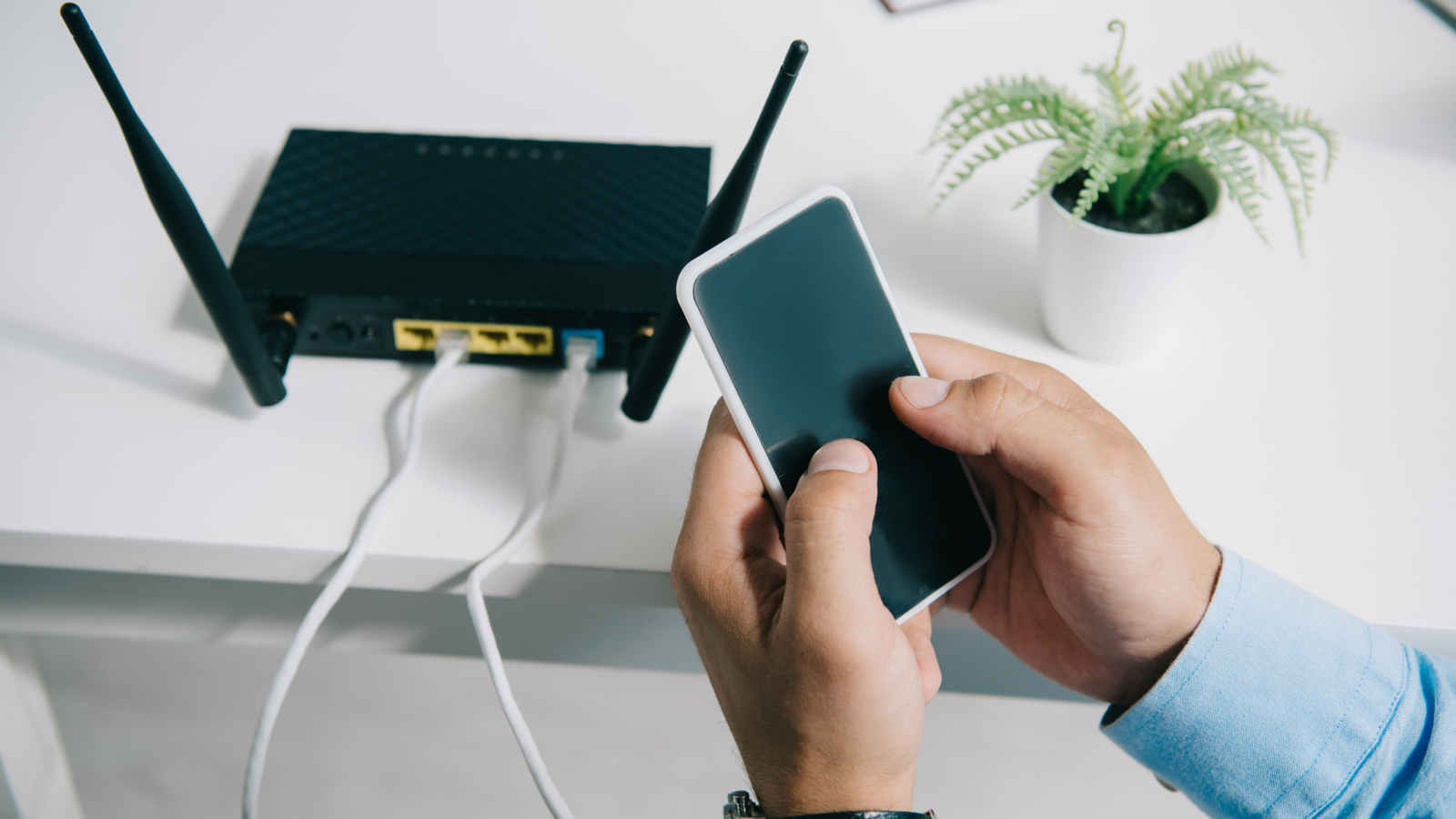In the high-stakes world of financial trading, every microsecond counts. The difference between profit and loss often hinges on the speed and reliability of a trading network. One of the most critical yet often overlooked components in achieving ultra-low latency is the Customer Premises Equipment (CPE).
But what exactly is CPE, and why does it play such a pivotal role in low-latency trading networks? In this article, we’ll break down its significance, how it optimizes trading performance, and what traders and network engineers need to consider when selecting CPE solutions.
Understanding CPE in Trading Networks
Customer Premises Equipment (CPE) refers to the hardware and software devices located at a trader’s or financial institution’s site that connect to a service provider’s network. In low-latency trading, CPE includes:
- Network switches & routers (optimized for high-frequency trading)
- FPGA (Field-Programmable Gate Array) devices for ultra-fast data processing
- Smart NICs (Network Interface Cards) that reduce CPU overhead
- Protocol converters & latency optimizers
The primary function of CPE is to minimize latency between the trading desk and the exchange. Even a few microseconds of delay can result in missed opportunities or unfavorable trade executions.
Why CPE Matters in Low-Latency Trading
1. Reducing Network Hop Latency
In trading, data travels through multiple network points—each adding latency. A well-optimized CPE setup ensures that:
- Data takes the shortest path possible.
- Packet processing is accelerated at the hardware level.
- Unnecessary protocol conversions are eliminated.
2. Improving Order Execution Speed
High-frequency trading (HFT) firms rely on sub-millisecond execution speeds. CPE devices like ultra-low-latency switches (e.g., Arista 7130) and FPGA-based accelerators ensure orders reach exchanges faster than competitors.
3. Enhancing Reliability & Redundancy
Trading networks cannot afford downtime. High-quality CPE includes:
- Dual power supplies to prevent failures.
- Hot-swappable components for maintenance without disruption.
- Bypass capabilities to keep data flowing even if a device fails.
4. Enabling Custom Protocol Handling
Different exchanges use different protocols (FIX, OUCH, ITCH). CPE with programmable logic (FPGA) can translate these protocols on-the-fly, reducing software-induced delays.
Key CPE Components for Low-Latency Trading
1. Low-Latency Switches
- Arista 7130L (sub-250ns latency)
- Cisco Nexus 3548 (with nanosecond precision)
- Mellanox Spectrum (optimized for HFT workloads)
2. FPGA-Based Accelerators
- Xilinx Alveo for real-time market data processing.
- Intel Stratix for custom algorithmic trading logic.
3. Smart NICs (Network Interface Cards)
- Solarflare X2 (kernel bypass for zero software latency).
- NVIDIA ConnectX-6 (200Gbps throughput with RDMA support).
4. Precision Time Protocol (PTP) Support
- Nanosecond-level synchronization across trading servers.
- Critical for event ordering in algorithmic trading.
Challenges in CPE Deployment for Trading
While CPE offers immense benefits, deploying it effectively comes with challenges:
1. Cost vs. Performance Trade-offs
Ultra-low-latency CPE is expensive. Firms must balance budget constraints with the need for speed.
2. Integration with Existing Infrastructure
Legacy systems may not support the latest CPE tech, requiring phased upgrades.
3. Security Concerns
High-speed networks are prime targets for cyberattacks. CPE must include:
- Encrypted data transmission
- DDoS protection
- Firmware integrity checks
Future Trends in CPE for Trading Networks
1. AI-Driven Latency Optimization
Machine learning algorithms will predict network congestion and dynamically reroute orders for the fastest path.
2. Quantum Networking
Early experiments show quantum-secured links could revolutionize low-latency trading.
3. Edge Computing Integration
Moving CPE closer to exchanges (via edge data centers) will further cut latency.
Conclusion
In the race for zero-latency trading, CPE is the unsung hero. From ultra-fast switches to FPGA accelerators, the right CPE setup can mean the difference between winning and losing trades.
For trading firms, investing in cutting-edge CPE technology isn’t just an option—it’s a competitive necessity.
